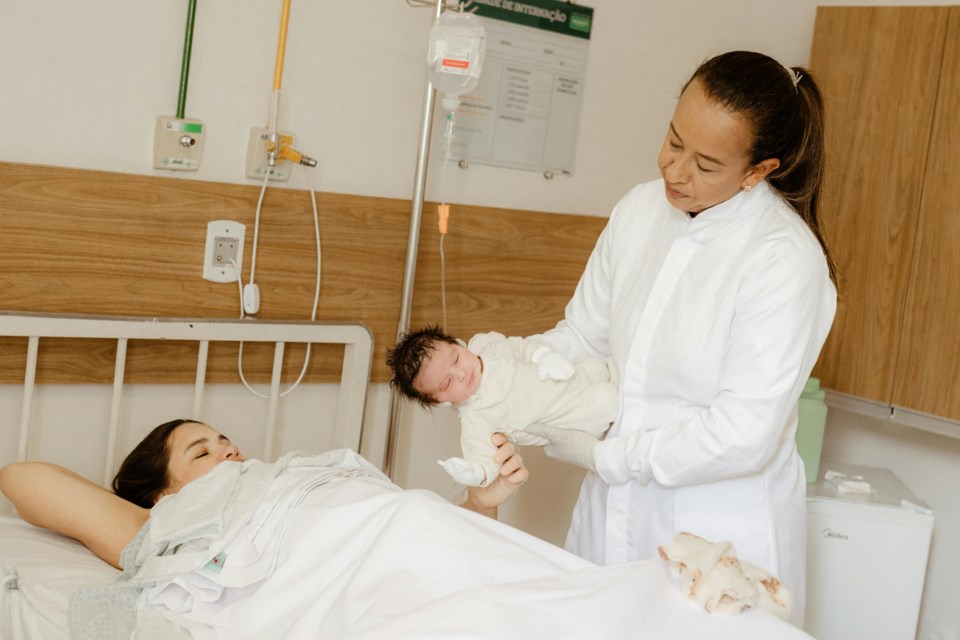According to a recent Colorado Consumer Health Initiative (CCHI) analysis, many of the state's hospitals are not sufficiently alerting patients about their rights and financial aid alternatives.
The results show notable violations of the Hospital Discounted Care (HDC) law, implemented in 2022 to assist low- and moderate-income families in medical cost management.
Report Highlights Gaps in Patient Information Compliance
According to the CCHI analysis, less than 60% of Colorado hospitals completely comply with the HDC law's standards.
These criteria call for posting a consistent application for discounted care, including patient rights information in both English and Spanish, and making this material readily available on hospital websites.
The study also revealed that just 11% of hospitals responded appropriately when reached on phone.
With just 4.5% producing proper advice compared to 18% for English-language calls, calls conducted in Spanish notably raised concerns.
These results point to a language barrier and inconsistent hospital vital information sharing practices.
What the Hospital Discounted Care Law Requires
The HDC law mandates that hospitals inform patients of their rights, screen them for financial assistance eligibility, and provide discounted care to qualifying individuals.
The law aims to ensure that patients with household incomes below 250% of the federal poverty line—about $3,137 per month for an individual—receive the help they need.
Hospitals are also required to screen uninsured patients for state programs like Medicaid and the Children’s Health Plan Plus.
Despite these clear guidelines, the report suggests that many hospitals are falling short of their obligations, leaving patients without vital information.
Patients Struggle with Complex and Inconsistent Processes
Patients like former Colorado resident Kristanna Hall have told tales of frustration negotiating hospital systems for financial aid.
Hall had about $1 million in medical costs following the early delivery of her baby and protracted NICU hospitalization.
She qualified for subsidized care, but the procedure was not easy.
Hall reported varying practices among institutions, with each needing distinct methods to request for funding.
She cut her out-of-pocket expenses to $7,000 after many phone calls and emails, but she claimed the experience was intimidating and unduly complicated.
Her narrative emphasizes how urgently better, more easily available methods for those looking for financial assistance are needed.
Hospitals Defend Their Efforts Amid Rising Charity Care Rates
Despite having to deal with complicated requirements, hospitals are making a concerted effort to comply with the legislation, according to the Colorado Hospital Association (CHA).
Compliance becomes a major difficulty for hospitals since they have had to adjust to hundreds of new rules in recent years.
According to CHA, charity care—free or discounted services for patients unable to pay—has risen by 60% in the past year and over 150% since before the pandemic.
They credit the HDC program for helping thousands of patients access care, even as hospitals navigate rising demand and administrative hurdles.

.jpg;w=120;h=80;mode=crop)
.jpg;w=120;h=80;mode=crop)
